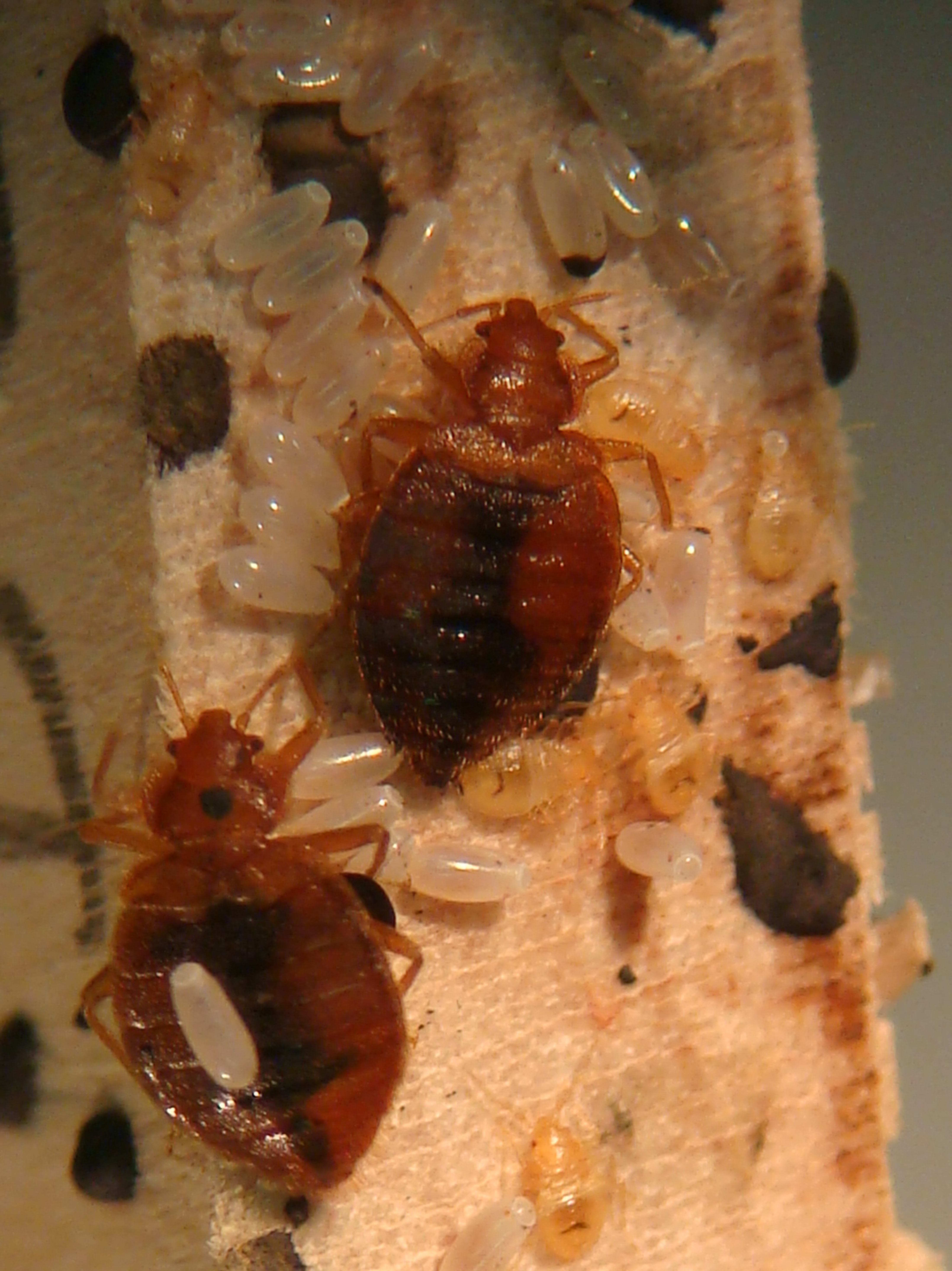Bed bug insecticide resistance mechanisms identified

Bed bugs, largely absent in the U.S. since the 1950s, have returned to all 50 states with a hungry vengeance in the last decade.
These insects have developed resistance to pyrethroids, one of the very few classes of insecticide used for their control. A research team at Virginia Tech has discovered some of the genetic mechanisms for the bed bug's resistance to two of the most popular pyrethroids -- deltamethrin and beta-cyfluthrin.
The discoveries will accelerate efforts to understand the biochemical basis for insecticide resistance in bed bugs, and in the meantime provides molecular markers for surveillance. "Different bed bug populations within the U.S. and throughout the world may differ in their levels of resistance and resistance strategies, so there is the need for continuous surveillance," said Zach Adelman, associate professor of entomology with the Vector-Borne Disease Research Group at Virginia Tech and lead author.
The research was published in the Oct. 19 issue of PLoS One, the Public Library of Science open-access journal, in the article, "Deep sequencing of pyrethroid-resistant bed bugs reveals multiple mechanisms of resistance within a single population," by Adelman, Kathleen A. Kilcullen of Ashburn, Va., a 2010 graduate with bachelor's degrees in biology and psychology in the College of Science; Reina Koganemaru of New Britain, Conn., a Ph.D. student in entomology in the College of Agriculture and Life Sciences; Michelle E. Anderson, research technician with the Fralin Life Science Institute; Troy D. Anderson, assistant professor of entomology with the Vector-Borne Disease Research Group; and Dini M. Miller, associate professor of entomology with the Dobson Urban Pest Research Laboratory at Virginia Tech.
Adelman and colleagues studied two populations of bed bugs -- a robust, resistant population that had come from Richmond, Va., in 2008, and a non-resistant population that had been collected from Ft. Dix, N.J., and raised in a lab since 1973.
A bioassay conducted to determine the susceptibility of each strain to the pyrethroids determined that it requires 5,200 times more deltamethrin or 111 times more beta-cyfulthrin to kill the Richmond bed bugs than the lab bugs during a 24-hour test.
Because the bed bug's genome has not been sequenced, the researchers sequenced the bed bug transcriptome – that is, the genes that are actively expressed. They looked at the expression profile of the Richmond bed bugs compared to the non-resistant bugs. They were able to identify genes (cytochrome P450 monooxygenases, carboxylesterases, and glutathione S-transferases) that are commonly used to produce enzymes that can bind to, deactivate, and break down insecticides; and the researchers found that production of few of these was turned way up in the insecticide-resistant bed bugs. The researchers also found a mutation in the sodium channel gene, the target for pyrethroid insecticides, which makes the bed bug nervous system partially resistant to the toxic effects of insecticide treatment.
The researchers conclude that highly-resistant bed bug populations can have multiple genetic mechanisms conferring resistance to pyrethroid and possibly other insecticides. "It is reasonable to suggest that the genes responsible for both acquired insensitivity to these neurotoxicants and their enhanced detoxification have been selected for in populations that have been subjected to long-term insecticide pressure."
The Vector-Borne Disease Research Group is an initiative of the Fralin Life Science Institute at Virginia Tech.




